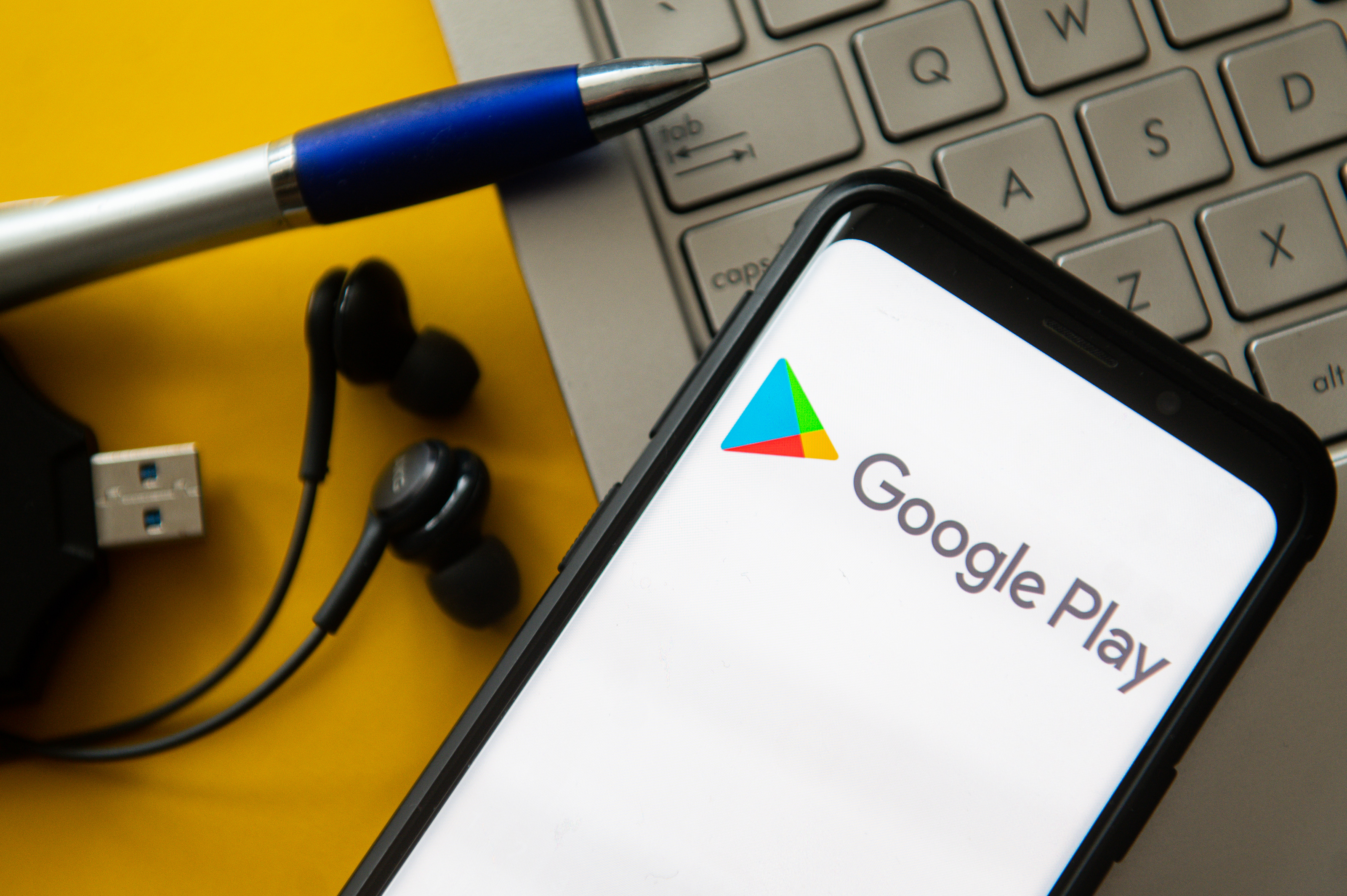Google has a simple plan to entice devs to build apps for its entire ecosystem
Developers incentivized with lower rates if they support more Google platforms

One of the big advantages Apple has over Google is the third-party app support across its devices. The iPad and Apple Watch have a good selection of apps, often made by developers refining their iPhone experience for smaller and larger screens, but that doesn’t tend to happen in the same way within Google’s ecosystem.
It’s a vicious cycle: if third parties don’t give Android tablets and Wear OS watches lots of app support, then people may not buy them. But if people don’t buy them, there’s less incentive for developers to create bespoke apps there.
- Wear OS vs. watchOS: Which smartwatch software will win this year?
- The best Android phones in 2021
- PLUS: Windows 11 Android apps — be prepared for disappointment
Google may have found a clever way of breaking this cycle: the Play Media Experience Program. The idea is simple: if an app developer makes their Android phone experience support other areas of Google’s ecosystem, eligible developers will see themselves taking more revenue as a result.
For the moment, Google is targeting three categories: video, audio and books. Video apps, such as those offering live news, sports or movies will require integration with Android TV, Google TV and Cast platforms with cross device playback and sign-in integrations. Audio apps offering subscription services need to play nicely with WearOS, Android Auto, Android TV and Google Cast, while “premium books”, audiobooks and comics should be optimized for tablets, foldables, and Entertainment Space. Audiobooks also require Android Auto and Wear OS optimization.
Do this, and Google will take 15% of revenue rather than the usual 30%, but there are a few caveats. First of all, only the richest of app makers need apply, because Google has recently cut the revenue it takes on apps to 15% for the first million dollars anyway. Secondly, Google requires a “strong Google Play rating” and “over 100,000 monthly active installs on Google Play”. In other words, it seems that the company is really targeting the big hitters to up support across the various Android platforms.
As Ars Technica points out, however, Google has done a pretty poor job of leading by example in this regard, which doesn’t send out a great message to developers open to the idea of making more Google-friendly apps. YouTube Music doesn’t work on Wear OS; Google Chat isn’t on tablets, Wear OS or Android Auto; and the Stadia Android TV app took 18 months to appear.
Still, if you’re a media app maker pulling in huge revenue from the 3 billion or so Android devices out there, then it would seem like a no brainer to cut the fees by expanding support to other Google platforms. The question is whether this will make consumers more inclined to consider an Android tablet or Wear OS watch, or whether Google is just reducing its income for nothing.
Get instant access to breaking news, the hottest reviews, great deals and helpful tips.
- More: The best Android tablets in 2021
Freelance contributor Alan has been writing about tech for over a decade, covering phones, drones and everything in between. Previously Deputy Editor of tech site Alphr, his words are found all over the web and in the occasional magazine too. When not weighing up the pros and cons of the latest smartwatch, you'll probably find him tackling his ever-growing games backlog. He also handles all the Wordle coverage on Tom's Guide and has been playing the addictive NYT game for the last several years in an effort to keep his streak forever intact.

